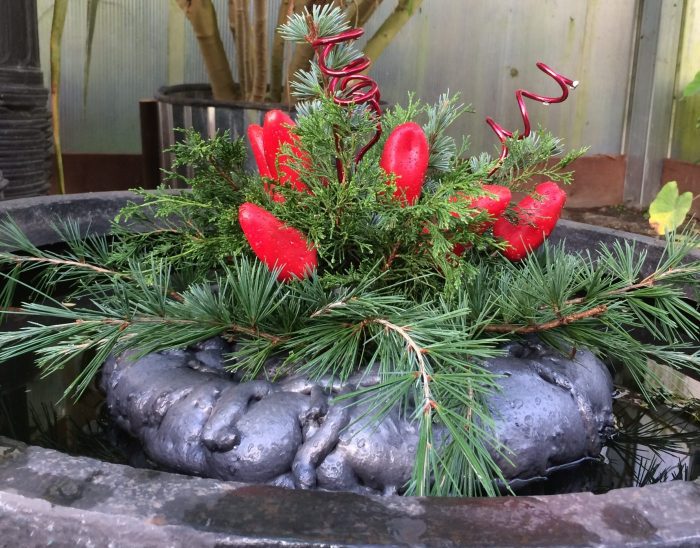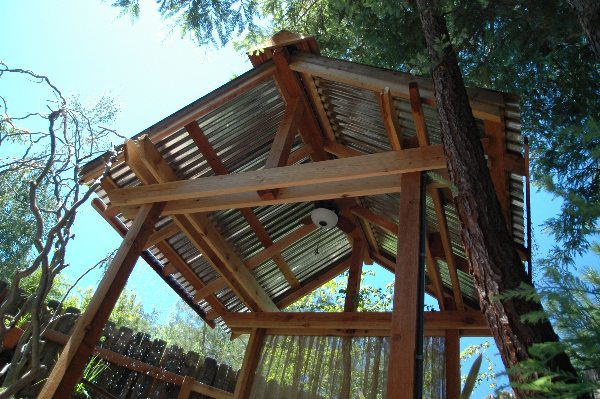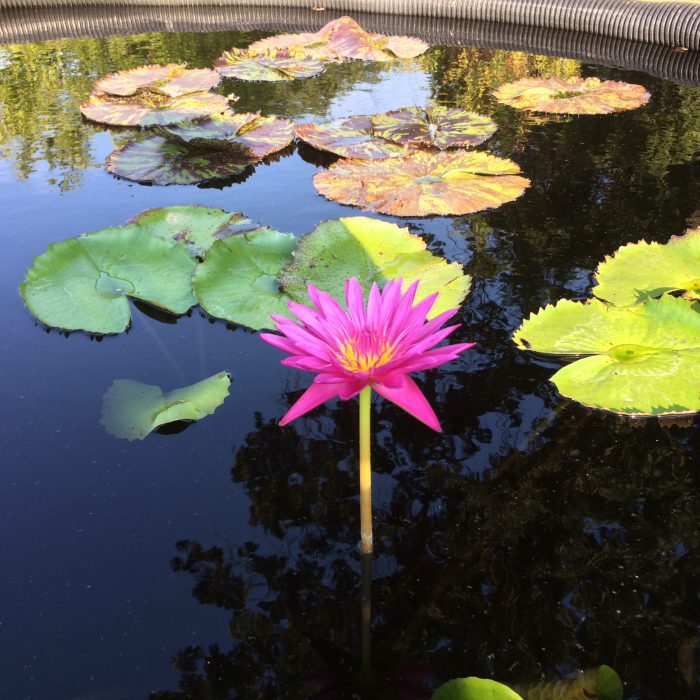How To Divide (and Conquer) Your Water Lilies
All hardy lilies should be up and growing now, and even in colder areas, your lilies should be emerging from their dormant state because spring days have more light for a longer periods of time than in winter. According to David Trinklein, University of Missouri: “Water lilies need abundant sunlight to perform well. Therefore, water gardens should be located where they will receive a minimum of six hours of direct sunlight every day. Although water lilies will survive in less light, their flowering will be diminished. As a general rule, the more sunshine the better for water lilies.
Additionally, water lilies grow best in tranquil water warmed by the sun. Larger pools with features such as fountains or water falls that create turbulent water reduce water lily performance. Pools that might be replenished frequently with cool water are equally unsatisfactory” (Trinklein, 2017).
If your lilies have small leaves, do not appear to be thriving, and are not blooming, you should take them out of your pond to review their condition. While it is preferable to manage your lilies as they become active in the spring, you may need to take the following steps in order to ensure that your lilies thrive and are producing beautiful blossoms throughout the summer months.
For example, does your lily resemble the one in this photo?
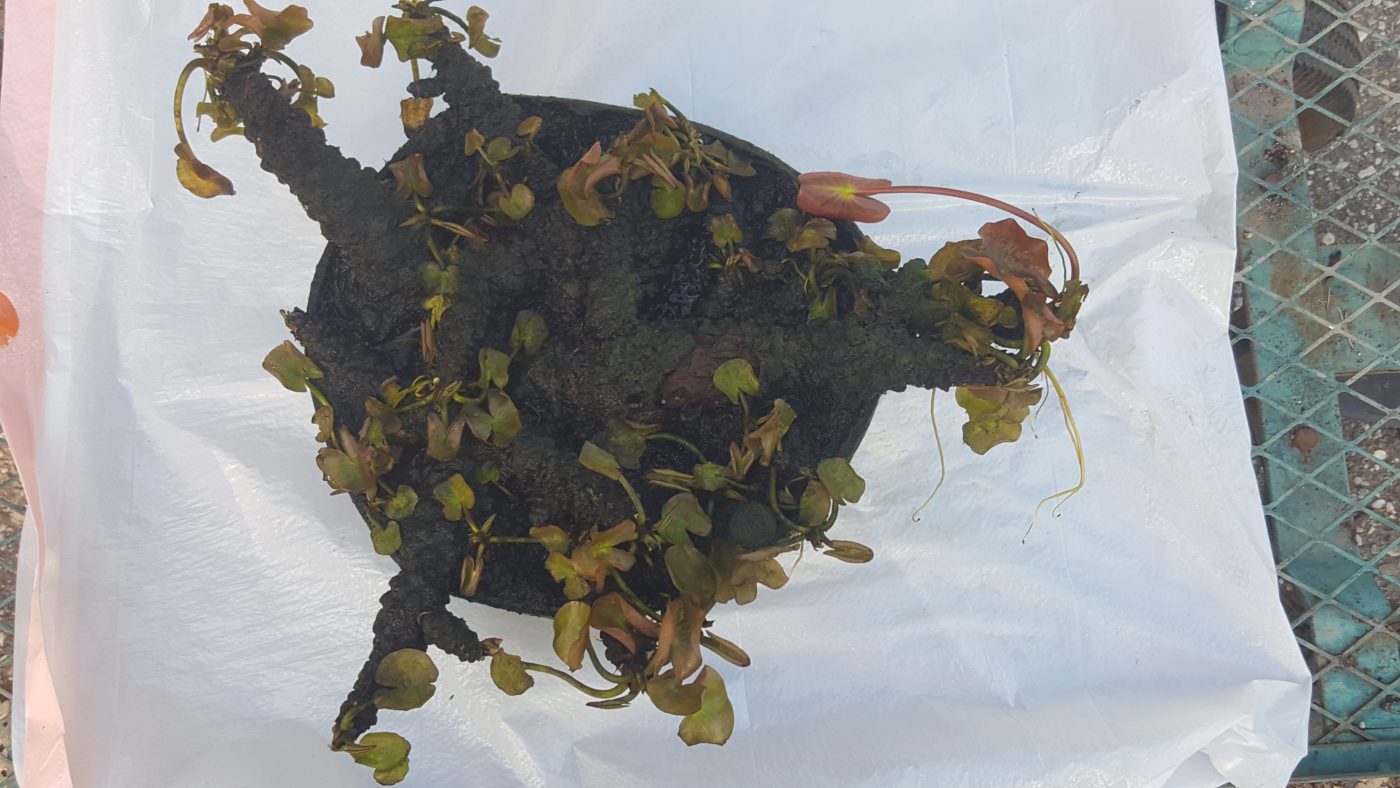
If so, we hope this article will help you keep your lily happy and blooming! A frequent complaint from our customers is that their lilies are not doing well or are not blooming and they don’t know why. If you look closely at this photo, you will see that this lily has become pot-bound and has no room to grow except on the many points of growth on the woody branches. This photo indicates that this lily has not been maintained for a number of years, having been likely left in its original one gallon pot for a long time. It has not been divided and repotted, stunting its growth and development as represented by the production of small leaves and no blooms.
In order to properly divide and repot your lily, you can use the tools and fertilizer, identified in the following photo:

The hatchet is useful to cut away dead roots and old stems, and the smaller, root cutter tool can be used to carve out the most viable lily growing points for repotting. Once you have selected some of the best growing points, you can arrange them in the center of a one gallon pot, placing 1-2 tabs of fertilizer (such as the pictured Pondtabbs brand) in the pot before surrounding your growing points with baseball diamond soil or any other clay-based soil available to you. Lastly, you can place rinsed pea gravel on the top of your divided and repotted lily so that the soil will not float away when you slowly lower the pot back into your pond.
By completing these steps annually, you ensure a beautiful and healthy lily that will thrive and give you lovely blooms throughout future summers. The following photo shows the divided, fertilized, and repotted overgrown lily presented earlier in this article.
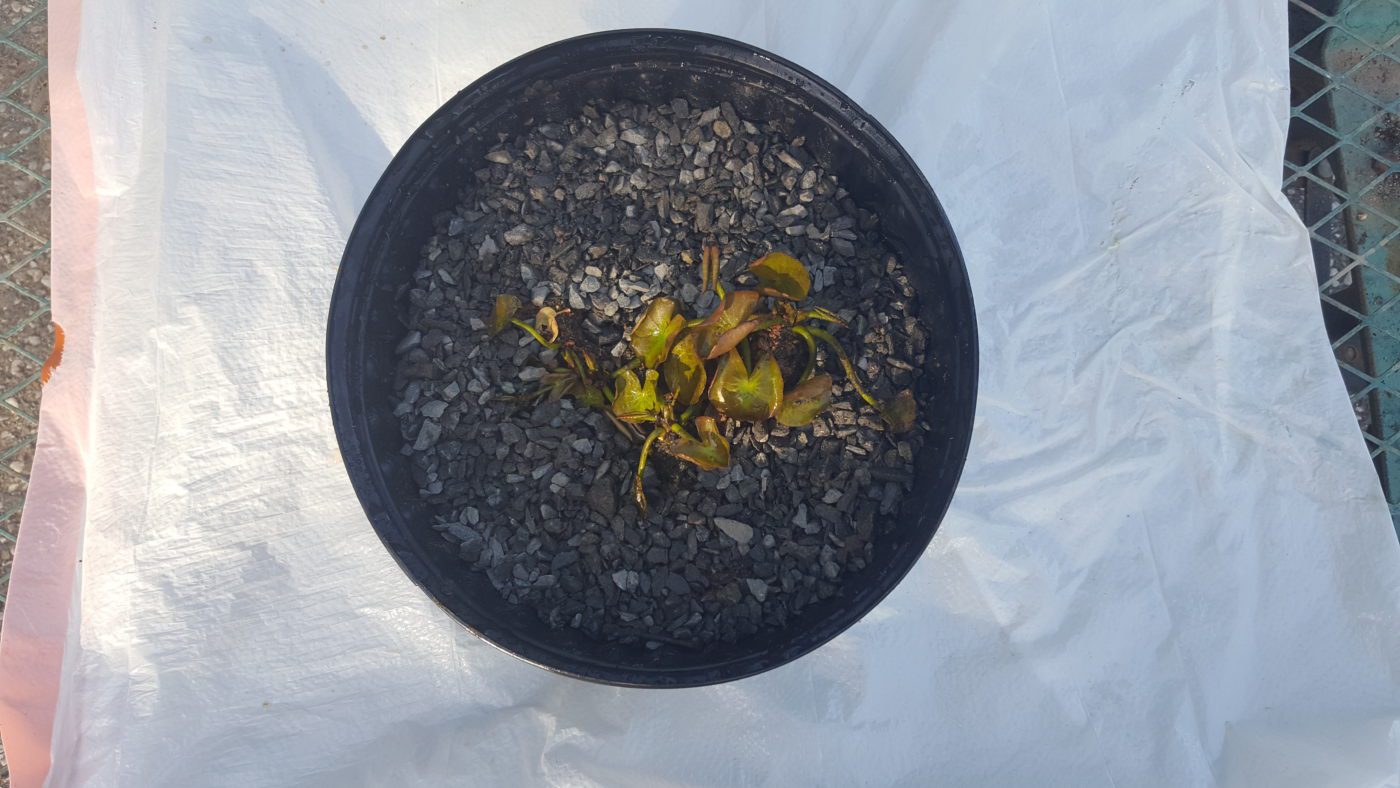
If you are not inclined to perform your own lily divides, then we can help you with that task. Just give us a call before you bring your lily or lilies to the nursery so we can properly accommodate your needs. You may bring your lily or lilies to the nursery where, for a small fee, we’ll divide, repot them to the same pot, and give them fertilizer to jumpstart them so you can enjoy their lovely blooms this summer.
References
Trinklein, David. (2017, May). “Water lilies: Easier than you think”. Accessed on June 6, 2019 from https://ipm.missouri.edu/MEG/2017/5/Water_Lilies/.

